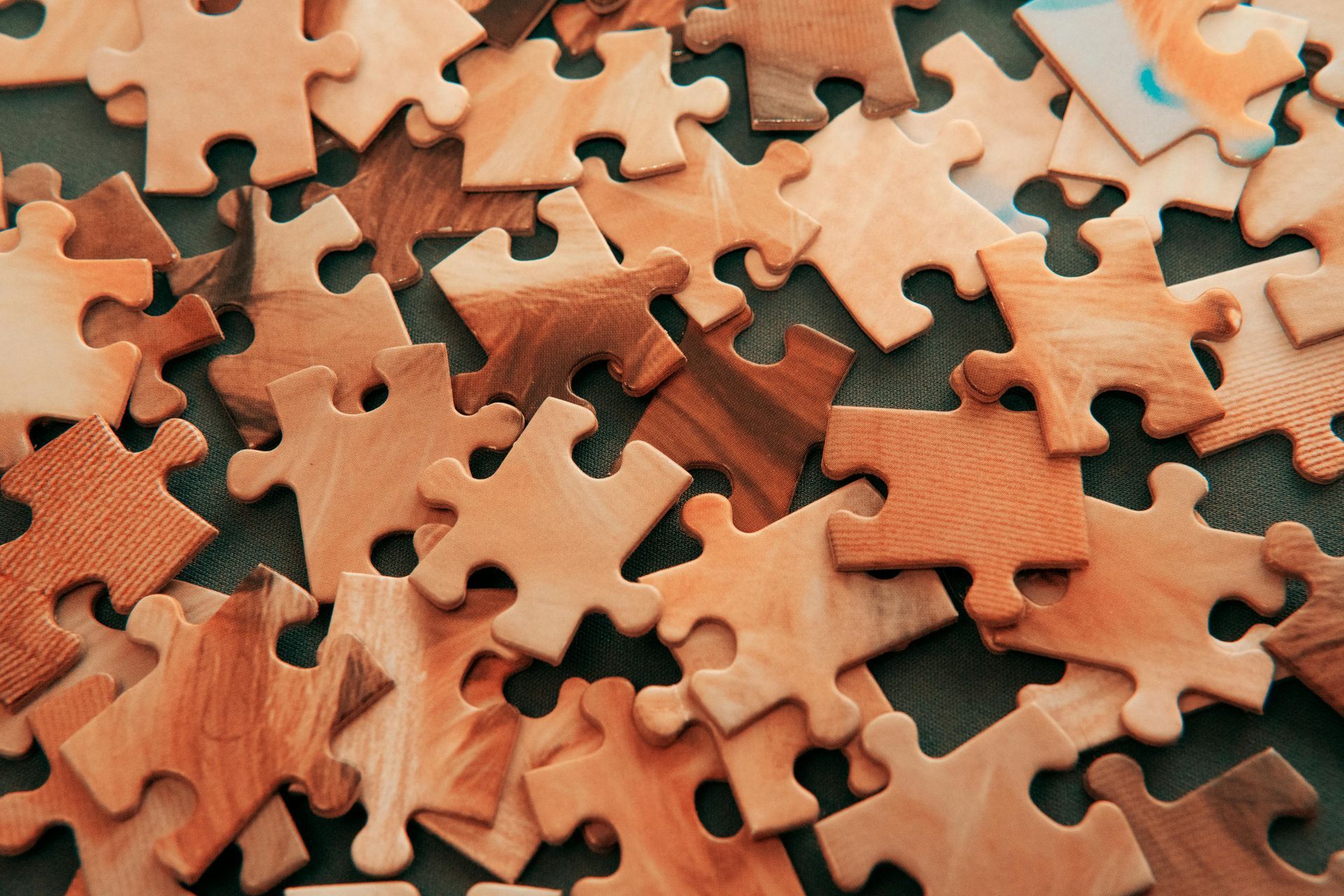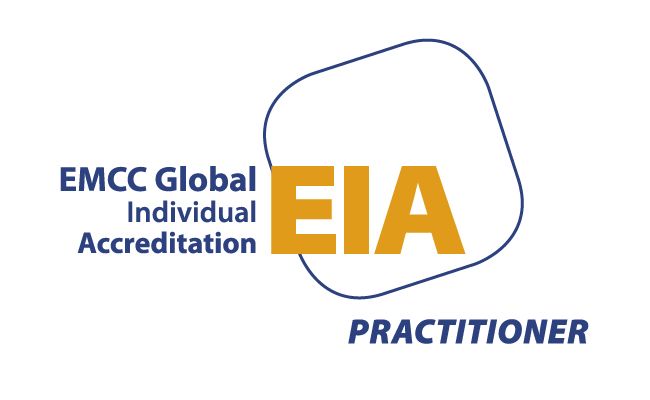What is Psychological Safety?
Barbra Carlisle • April 4, 2025
Psychological Safety is a root to sustainable high performing teams

Imagine this. You’re in a leadership meeting where a crucial decision is being discussed. One of your team members has an insight that could change the direction of the conversation, but they hesitate. The moment passes, and the idea never gets shared. A missed opportunity.
If this sounds familiar, you’re not alone. Research from Gallup (2023) found that only 3 in 10 employees strongly agree that their opinions count at work. Yet, the ability to challenge, contribute, and collaborate freely is the foundation of high-performing teams.
That’s where psychological safety comes in. A concept pioneered by Amy Edmondson, psychological safety is the belief that one can speak up without fear of humiliation, rejection, or punishment.
But this safety isn’t binary – it evolves through four key stages.
Each person experiences these stages differently, depending on their communication and thinking styles. Understanding this can help leaders create an environment where everyone feels safe to contribute.
The Four Stages of Psychological Safety
1. Inclusion Safety – "Do I Belong Here?"
This is the foundation of psychological safety – the need to be accepted as part of the group, regardless of differences in background, experience, or thinking style. Some people feel secure when relationships are prioritised, while others need clarity on their role in the team.
Signs of Inclusion Safety:
- People feel comfortable sharing personal experiences.
- Meetings feel welcoming, and all voices are acknowledged.
- Silence is seen as thinking time, not fear.
Different Voices, Different Needs:
Some people in your team will need warmth and relational connection to feel safe while others will want clarity on expectations and structure. Others will feel safe where there is an open, informal exchange of ideas and similarly some team members may feel safe when there is a shared vision and strategic purpose. Those with a creative thinking preference may value space for deep thought and time to articulate ideas fully.
Leadership Habit:
Use people’s names regularly and create structured opportunities for everyone to contribute.
2. Learner Safety – "Can I Grow Here?"
Once people feel included, the next level is about learning. Do they feel safe to ask questions, make mistakes, and try new things without fear of embarrassment? Some thrive on open-ended discussions, while others need clear expectations before stepping into learning.
Signs of Learner Safety:
- People openly ask for feedback.
- Mistakes are seen as opportunities for growth.
- Junior team members contribute without hesitation.
Different Voices, Different Needs:
As with inclusion safety different team members will place higher value on different aspects of learner safety. For example:
- some may hesitate to take risks if they feel failure might harm relationships.
- some want clear learning pathways before stepping out of their comfort zone.
- some learn best through interactive, social experiences.
- some need challenging problems to solve, not just incremental learning.
- some prefer to process information deeply before acting.
Leadership Habit:
Share your own learning style and be curious as to how others prefer to learn
3. Contributor Safety – "Can I Make an Impact?"
At this stage, team members feel safe to apply their skills, express ideas, and challenge the status quo. Some prefer to refine ideas before speaking, while others think aloud and iterate in real-time.
Signs of Contributor Safety:
- People proactively bring solutions, not just problems.
- There’s healthy debate without defensiveness.
- Meetings are energised – not dominated by a few voices.
Different Voices, Different Needs:
If we look at Contributor safety through the 5 Voices lens we can see that:
- Nurturers contribute when they know their ideas will benefit people.
- Guardians thrive when processes are followed and well-documented.
- Connectors engage when they can see the impact on relationships and networks.
- Pioneers bring their best when they can drive ambitious strategies forward.
- Creatives need the freedom to explore new concepts without immediate judgment.
Leadership Habit:
Respond to ideas with “Tell me more” rather than an immediate judgment.
4. Challenger Safety – "Can I Challenge Here Without Fear?"
This is the highest level of psychological safety, where people feel empowered to question assumptions, challenge leadership, and advocate for change – all without fear of retribution. Some challenge through logical reasoning, while others need time to reflect before speaking.
Signs of Challenger Safety:
- People call out flaws in processes or leadership decisions constructively.
- There is healthy disagreement, not just agreement for the sake of harmony.
- The best idea wins – not the loudest voice.
Different Voices, Different Needs:
Diversity of personality preference in the team will mean that some people:
- may challenge in a way that prioritises harmony and relationships.
- will challenge when there’s a risk to stability or structure
- challenge when they see an idea that could bring people together.
- challenge by pushing bold, strategic moves.
- challenge by offering visionary, outside-the-box thinking.
Leadership Habit:
Ask “What’s the counterargument to this?” in meetings to encourage diverse viewpoints.
The Business Case for Challenger Safety
When teams operate at Challenger Safety, organisations benefit in measurable ways:
- Companies with high psychological safety see a 27% increase in team performance (Google, 2022).
- Innovation skyrockets – teams are 45% more likely to experiment and take smart risks (CIPD, 2023).
- Employee engagement soars – teams with high safety have 76% lower burnout rates (McKinsey, 2023).
How to Check If Your Team Has Reached Challenger Safety
Ask your team these five questions:
- Do you feel comfortable challenging my thinking without consequences?
- Do you see mistakes as learning opportunities?
- When you contribute ideas, do you feel heard?
- Have you ever held back from speaking up? If so, why?
- What’s one thing I could do to make you feel safer to challenge?
If the answers reveal gaps, that’s where the work begins.
Final Thought: Psychological Safety is a Leadership Choice
Psychological safety isn’t a soft skill – it’s a strategic advantage. And it starts with small, consistent actions. Leaders who nurture inclusion, learning, contribution, and challenge create teams that are not just engaged, but unstoppable.
Where does your team sit in the four stages? Let’s have a conversation about creating a culture where every voice is heard and valued.
Book a conversation with Barbra from Glee Coaching to explore how to strengthen psychological safety in your organisation and to find out how adopting a 5 Voices approach you can create sustainable challenger safety workplaces. Email barbra@gleecoaching.com




